How to do well the maintenance of bonsai in winter
In recent years, in order to improve their quality of life, many people gradually began to cultivate plants and flowers, so there are many plants in people's life that have never been seen or thought of before, and Chinese wolfberry is one of them. Medlar, is an evergreen shrub or small shrub, evergreen all the year round, is a very lovely species of foliage and fruit trees, which is called the Christmas tree in Europe and the United States. Nowadays, the Chinese wolfberry in people's life is usually in the form of bonsai, that is, the so-called bonsai. So let's take a look at the bonsai.
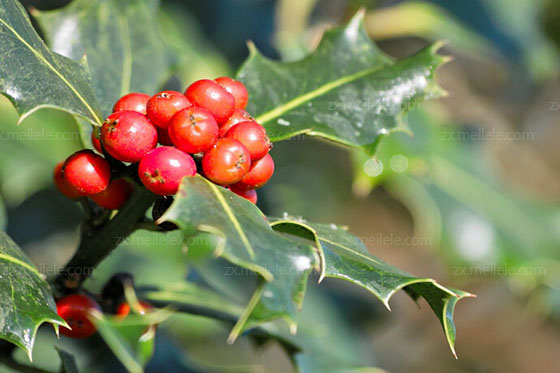
What is Chinese wolfbone bonsai?
To put it simply, the so-called medlar bonsai is a plant bonsai made of wolfbone. Medlar bone, also known as tiger thorn, cat thorn or bird do not live, is an evergreen shrub or small tree, belonging to the holly family holly. Different from the general foliage plants, the leaf shape of Chinese wolfberry is more peculiar, which is oblong or oval in the shape of four corners, and the leaves are green and glossy. At the same time, this plant can not wither through winter, far looks very lovely, especially after the autumn structure, its fruit is red round fruit, very petite and gorgeous. Medlar bonsai is a bonsai made of such plants, so it has high ornamental value and interior decoration value.
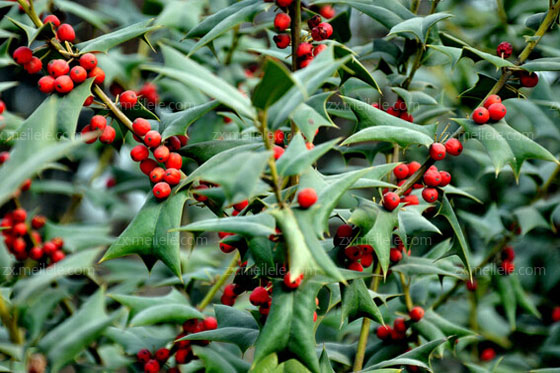
The method of making bonsai with Chinese wolfberry
1. Material selection and cultivation
In general, the materials of medlar bonsai are obtained by sowing and cutting, but they can also be obtained by high pressure and mountain mining. If the material is collected and cultivated by the way of reproduction, it is usually based on the method of sowing and reproduction. In November every year, the fruit of Chinese wolfberry will mature, select high-quality seeds to germinate, through low temperature and wet sand treatment, and finally sow in winter. It will sprout and unearthed in March of the following year. After a period of time, the leaves of Chinese wolfberry can be transplanted in different pots.
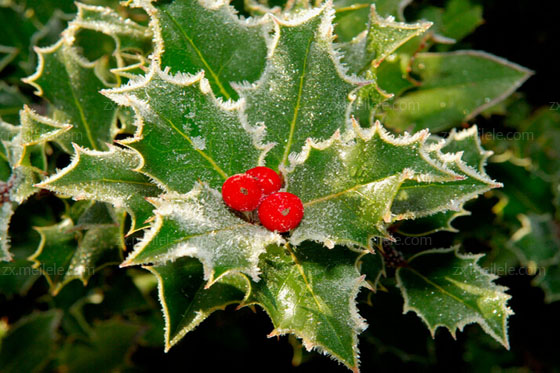
2. Change the basin and mold
The growth rate of Chinese wolfbone is relatively fast, in order to better create a beautiful bonsai shape for it, it is necessary to change the basin molding work at a certain time. The tree shape of Chinese wolfbone can be horizontal dry type, oblique dry type, curved dry type and other different forms, which can be determined according to different tree species or according to everyone's own aesthetic point of view. However, for the big leaf wolfberry bone, the tree shape of natural events is usually better, and its branches, crowns and leaves are properly dense and scattered. Bonsai modeling is generally chosen in summer, so that even if a lot of unwanted leaves and branches are cut off, plants can grow well quickly.
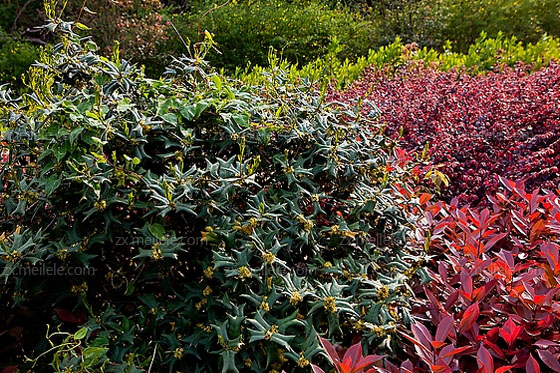
Winter maintenance of bonsai with Chinese wolfberry
Wolfbone prefers a warm and sunny environment, so it is difficult to maintain in winter. First of all, it is necessary to maintain the temperature of its growth, because its cold resistance is poor, the temperature must not be too low, otherwise it is extremely vulnerable to freezing and necrosis. At the same time, Chinese wolfbones like light, to enjoy adequate care, its leaves will be lush, but not enough light in winter, in addition to natural light, but also can appropriately increase some auxiliary light, so that it can receive sufficient light. The goji bone likes to be moist, the winter climate is cold, the water evaporation is very slow, so the water demand is not very big, can reduce watering, the basin soil is moist. In addition, in order to maintain the beauty of bonsai in winter, the yellow leaves or fallen leaves should be trimmed in time.
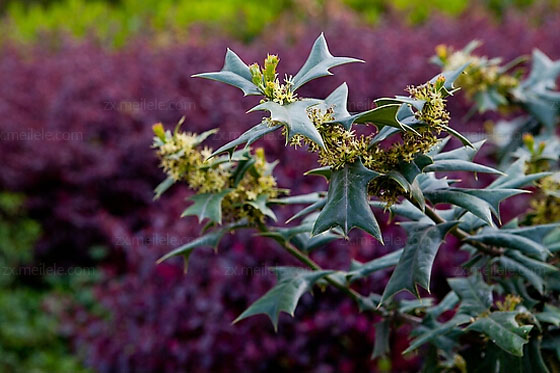
Conclusion: Chinese wolfberry is a very good species of foliage and fruit trees, its shape is unique, the fruit is beautiful and lovely, so it is often used to make bonsai plants, has a very good ornamental value, used to decorate the home is very good, so it is deeply loved and welcomed by people.
[you may be interested]
The practice of ☑ sachet ☑ Phnom Penh rich bamboo ☑ goldfish algae pictures the role of ☑ green pomelo ☑ mandala pictures
The characteristics of ☑ sweet-scented osmanthus blooming in several months the characteristics of ☑ chrysanthemum ☑ pictures of nanmu tree ☑ money tree blooming ☑ Phnom Penh tiger tail orchid
The practice of ☑ sachet ☑ Phnom Penh rich bamboo ☑ goldfish algae pictures the role of ☑ green pomelo ☑ mandala pictures
The characteristics of ☑ sweet-scented osmanthus blooming in several months the characteristics of ☑ chrysanthemum ☑ pictures of nanmu tree ☑ money tree blooming ☑ Phnom Penh tiger tail orchid
- Prev

[flower pot rack decoration] Ten kinds of flower pot racks that fascinate flower lovers are recommended.
[flower pot rack decoration] Ten kinds of flower pot racks that fascinate flower lovers are recommended.
- Next

Green apple price list, how much is it per pot
Green apple price list, how much is it per pot
Related
- Wuhan Hospital Iron Tree Blooming Result Was Instantly Frightened by the Gardener Master
- Which variety of camellia is the most fragrant and best? Which one do you like best?
- What is the small blue coat, the breeding methods and matters needing attention of the succulent plant
- Dormancy time and maintenance management of succulent plants during dormancy
- Minas succulent how to raise, Minas succulent plant pictures
- What are the varieties of winter succulent plants
- How to raise succulent plants in twelve rolls? let's take a look at some experience of breeding twelve rolls.
- Attention should be paid to water control for succulent plants during dormant period (winter and summer)
- Watering experience of twelve rolls of succulent plants
- Techniques for fertilizing succulent plants. An article will let you know how to fertilize succulent plants.

